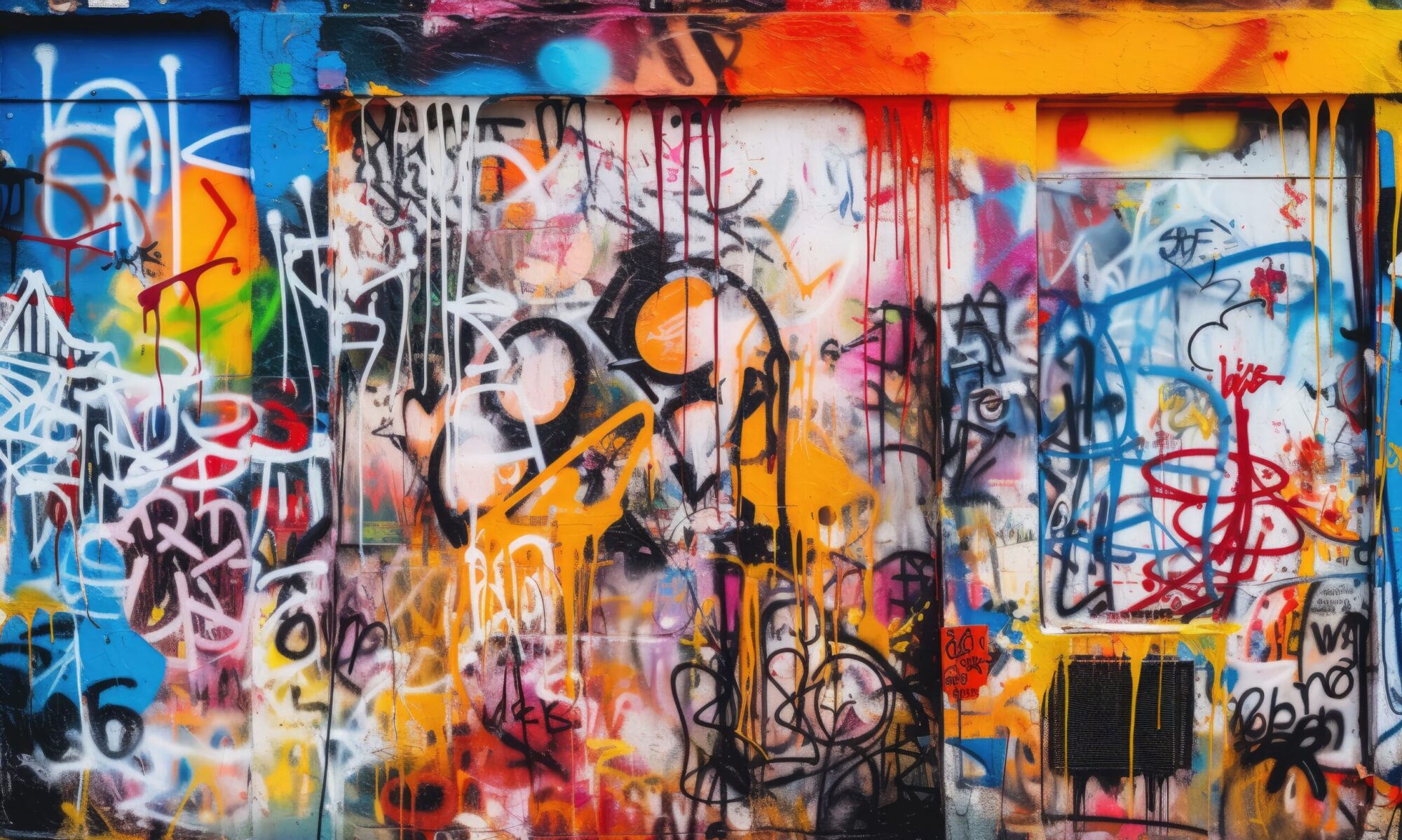The lead editorial team for Scholarly Communication Librarianship and Open Culture: Law, Economics, and Publishing (ACRL, forthcoming 2021) is happy to launch the open peer review process for Parts 1 and 2 of the book with the Open Data section, edited by Brianna Marshall. We’re rolling these sections out as they’re ready rather than sequentially, so reviewers will benefit from taking a look at information about Part 1 and other sections of Part 2 to understand how this section relates to the others, and the whole. As with all the Part 2 section editors, Brianna has assembled a stellar group of contributors, and we’re deeply grateful to all of them for sharing their knowledge and time to help the book be the best resource it can be. Now you have the opportunity to contribute to that goal by providing feedback on their draft. Brianna introduces the section and guiding questions below, along with links to the drafts and info for reviewers. The big guidance we want to reinforce is to be the reviewer you wish you had by providing thoughtful critical feedback without berating or belittling. -Josh, Maria, and Will
Here’s Brianna:
I am thrilled to be opening up the Open Data section for peer review by the LIS community. This content will be available for comment from October 5 – 25, 2020, and represents the first section of the LISOER textbook to undergo open peer review. In preparation, I was re-reading the April 2019 blog post where Josh, Maria, and Will first invited me to introduce myself and my ideas for the section. I was struck by how the apt the questions I had asked still are, this time as a framework for anyone willing to share comments and suggestions:
- If you are a current student, what are you most interested in learning about in relation to open data (or open research more broadly)?
- If you are an instructor, what do you want to make sure your students learn about as they head into the field?
- And if you are a practitioner, what do you wish you had learned about when you were in graduate school? What do you want to pass along to new librarians and information professionals?
I invite you to keep these same questions in mind as you review the Open Data section. I commend the authors, listed below alongside the chapters they wrote, for finishing this work while juggling competing responsibilities and the myriad stresses of a global pandemic. We hope our section will be a helpful resource for LIS learners new to open data topics.
- Introduction to Open Data by Cameron Cook
- Managing, Sharing, and Publishing Data by Susan Ivey, Sophia Lafferty-Hess, Peace Ossom-Williamson, & Katie Wilson
- Supporting Reproducible Research by Gabriele Hayden, Tisha Mentnech, Franklin Sayre, & Vicky Steeves
- Ethics of Open Data by Brandon Locke & Nic Weber
*links deactivated after review period closed
Instructions for Reviewers
We’re using Google Docs, set to allow comments via the link above. When you open the documents, you may see comments in the drafts that indicate areas where the authors would like particular feedback, or noting that they will be making future additions. Some formatting and citation adjustments still need to be made, along with the addition of discussion questions and other supporting materials; however, these drafts represent a close-to-final version of the content as we envision it being published.
Anonymous review is permitted (log yourself out of Google!). Reviewers who wish to have their review acknowledged should sign their review with their preferred spelling. Critical feedback is welcome and appreciated; abusive or combative comments will be deleted and/or ignored. Be the reviewer you wish you had; help make this work the best it can be. For more information, please see this process overview and conduct expectations doc.
Thank you in advance to everyone who will take the time to share constructive ideas with us. We appreciate it!
